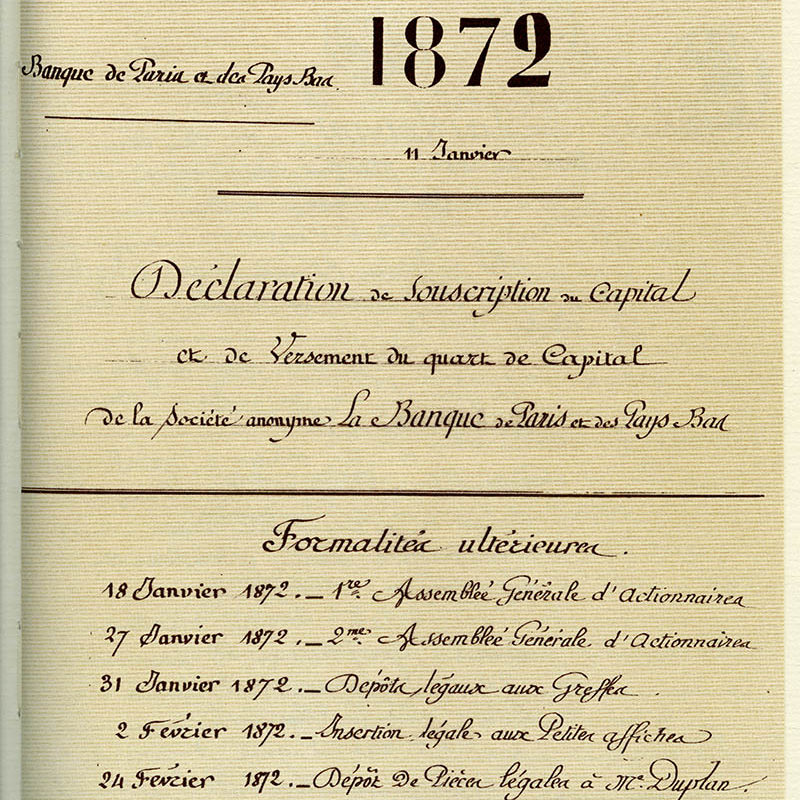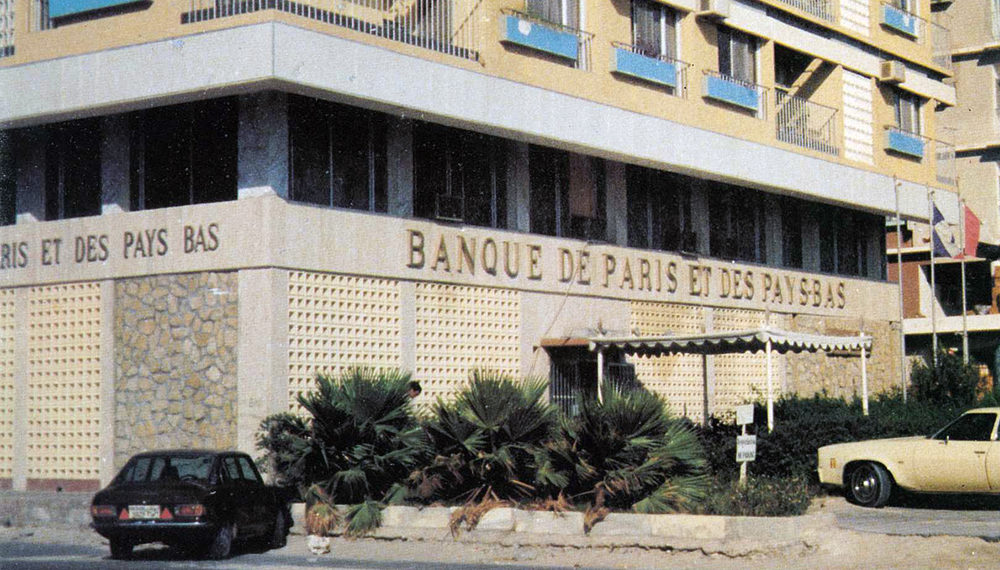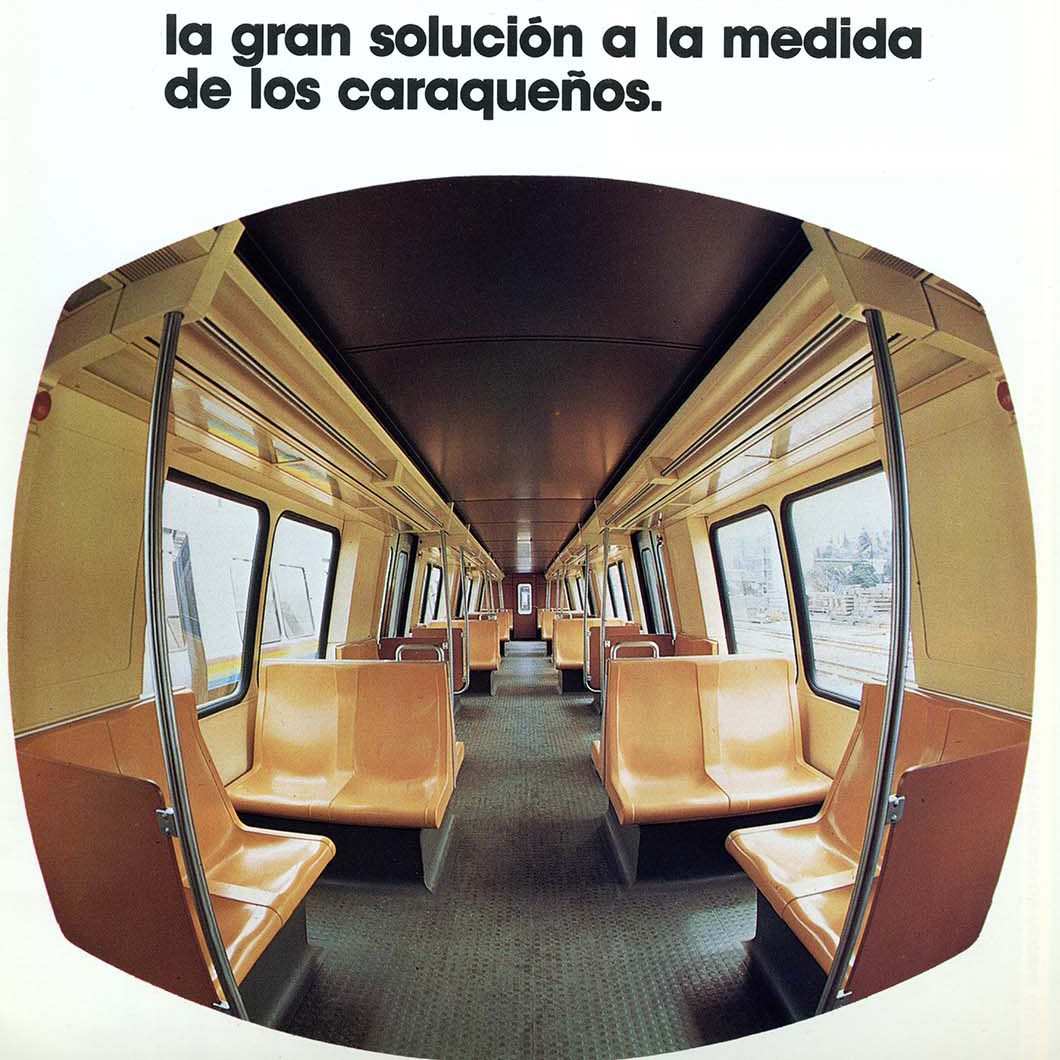Financial support for Paz del Rio – a successful gamble

In the early 1950s, European countries were severely weakened after the two World Wars. New industrial markets had to be found after six years almost exclusively devoted to military equipment. The proposed construction of a steel plant in Paz del Rio, Colombia, was seen as a great opportunity. The Banque de Paris et des Pays Bas, spurred on by its Director General Jean Reyre and the American negotiator Richard S. Richards, agreed to finance this huge project which marked a new start for France.
A major project
After the Second World War, France was faced with extensive reconstruction work. Many of the facilities in the country had been destroyed and from 1939 to 1945, industry had focused on manufacturing weapons and tanks. Technical progress was suspended. Once the reconstruction work had been completed, manufacturers had to find new orders and new markets. In 1948, an opportunity arose. For many years, the government of Colombia had wanted to develop the country’s steel industry in order to exploit the precious deposits of iron located in the east of the country. It was crucial for it to find financial support. Trade relations between Latin America and Europe had been interrupted by the Second World War and during that period, Colombia had grown closer to the United States. Quite naturally, it thought the neighbouring power would provide financial support for the construction of the plant. But there was an obstacle: Columbia imported most of its steel from the United States and the latter did not intend to support a project that would lead to the loss of a market. A sum of 25 million dollars was needed to construct the Paz del Rio steelworks and this was an enormous budget at the time.
A market to capture
A key figure then intervened to find a solution: Richard S. Richards, an American businessman who had lived in France. The manager of the Paz del Rio steel company, Roberto Jaramillo, sought advice from Richards who agreed to find financial support in France where he had contacts with manufacturers working under American licence – an aspect that was likely to reassure the Colombians. In October 1949, Richards contacted the French company Delattre & Frouard. With his usual strength of conviction, Richards then persuaded Jean Reyre, Director General of Banque de Paris et des Pays-Bas, to follow him in the Paz del Rio project. The bank held a lot of interests in Delattre & Frouard and even before the First World War, the institution was known for its positioning abroad. Moreover, the construction work on the Columbian steel plant offered an opportunity for French exportations, while waiting for the international market to open up again.

A daring financial package
In 1950, the International Bank for Reconstruction and Development (IBRD or World Bank, under American influence) opposed the financing of the Paz del Rio steelworks. For various reasons, this complicated Franco-Columbian negotiations, while German competition also had to be excluded. Jean Reyre proposed an innovative financial solution involving a five-year supplier credit. In concrete terms, a loan of French francs was given to suppliers who then passed the loan on to buyers by granting symmetrical payment facilities. Thus, finance was provided before the project started. The Banque de Paris et des Pays Bas and in particular Bernard de Margerie, the Deputy Director and then the Director as from 1952, conducted negotiations with the French administration and the French insurance company for foreign trade (COFACE). Covering the risk of price increases during the execution of the contract was one of the key guarantees proposed for the French administration. This was an essential element, given the rate of inflation recorded in France at this time. Risk-taking was also shared by several banks, but the branch on Rue d’Antin was the leading financier.
A symbol of international development
At the end of 1950, the contracts were signed and the French manufacturers Delattre & Frouard, Alsthom, Fives-Lille, Stein et Roubaix and Batignolles-Châtillon organised themselves and carried out the project under the leadership of Bernard de Margerie. The Paz del Rio steel plant was inaugurated in October 1954. It established itself as an international showcase for French know-how with which Latin America was unfamiliar. This operation illustrates the revival of the Banque de Paris et des Pays-Bas, which not only put together the financial package but also coordinated the whole project. Finally, Paz del Rio was a victory for the bank’s directors who managed to provide credit in French francs to support a large-scale project, even though there was a currency shortage in the country after the war. They were also able to identify an opportunity that enabled French industry to recover after the Second World War.
File put together with the assistance of the BNP Paribas History Association.








